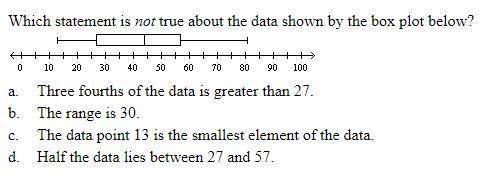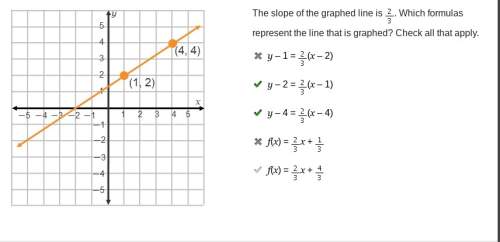
Mathematics, 22.02.2021 23:40 carebear60
Tell whether the set of ordered pairs {(3, −6), (4, −9), (5, −12), (6, −15)} satisfies a linear function. Explain.
No; there is no constant change in x that corresponds to a constant change in y.
Yes; there is a constant change in x that corresponds to a constant change in y.
Yes; there is no constant change in x that corresponds to a constant change in y.
No; there is a constant change in x that corresponds to a constant change in y.

Answers: 3


Other questions on the subject: Mathematics


Mathematics, 21.06.2019 22:30, gunnatvinson
If a line is defined by the equation y = 5x + 2, what is the slope?
Answers: 2

Mathematics, 22.06.2019 00:00, tdahna0403
Which statement explains the relationship between corresponding terms in the table?
Answers: 1

Mathematics, 22.06.2019 05:00, natimike10
Sal is making bracelets for a fundraiser. he uses 6 inches of yarn per bracelet . how many bracelets can sal make with 5 feet of yarn
Answers: 1
You know the right answer?
Tell whether the set of ordered pairs {(3, −6), (4, −9), (5, −12), (6, −15)} satisfies a linear func...
Questions in other subjects:


Mathematics, 12.12.2020 17:00


History, 12.12.2020 17:00




Social Studies, 12.12.2020 17:00

History, 12.12.2020 17:00

History, 12.12.2020 17:00





